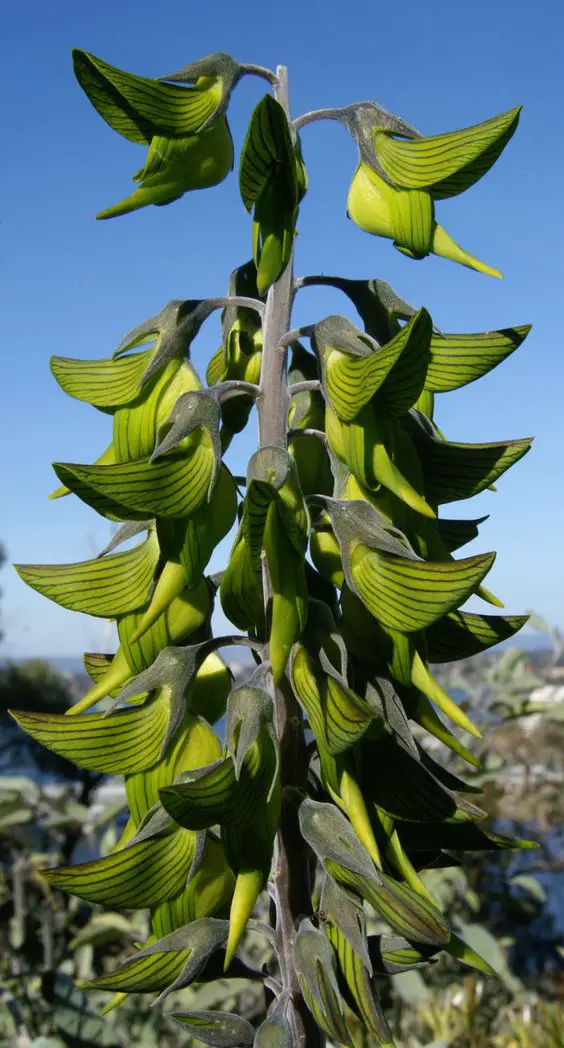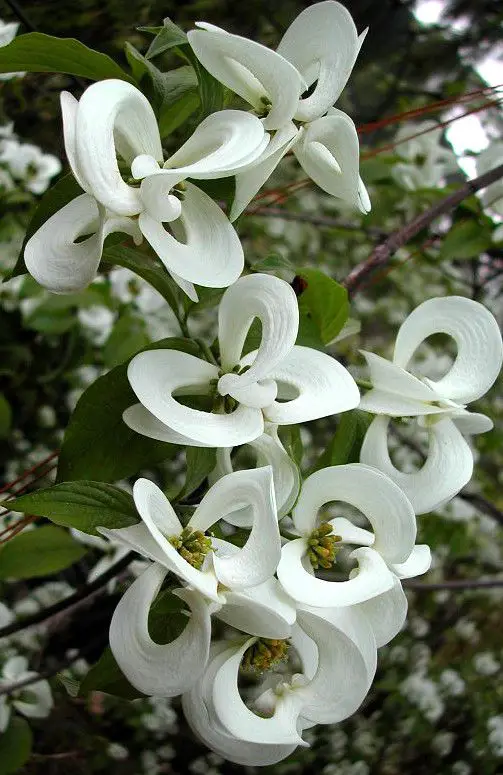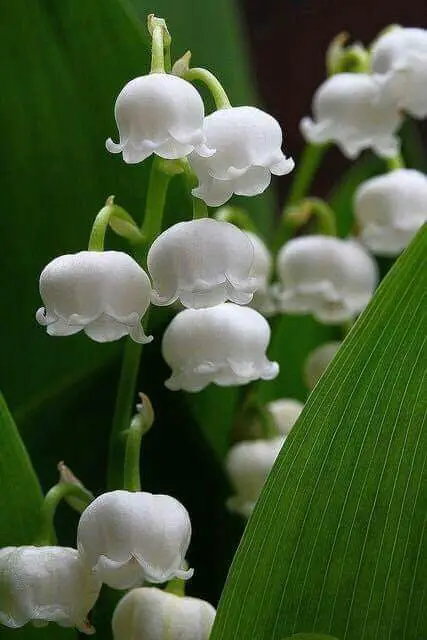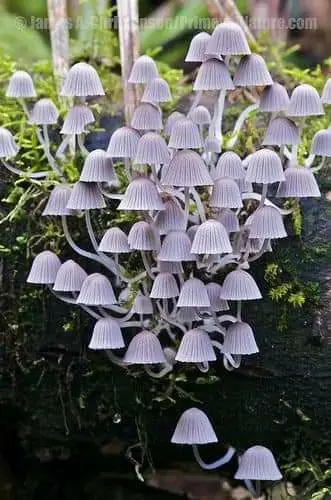For centuries, people have adored flowers for their aesthetic appeal, sweet scent, and capacity to express profound feelings. But nowadays, the prices of these fragile blossoms have skyrocketed, prompting curiosity about the reasons behind the steep hike. In this piece, we will delve into the factors that drive up the cost of flowers, and how this affects both customers and the floral sector itself.

The complex relationship between global supply and demand dynamics plays a significant role in the increasing prices of flowers. As consumer demand continues to rise, there is limited supply which leads to an increase in prices. This is partly due to factors like population growth, urbanization, and changes in lifestyle trends that have fueled the desire for flowers, especially in emerging markets.

The prices of flowers are not only affected by demand but also by the expenses incurred in their production. The cost of growing and taking care of flowers can be quite high due to factors such as labor costs, land and greenhouse maintenance, and the use of specialized technology. Moreover, unfavorable weather conditions, natural disasters, and diseases can reduce flower yields, which also affects their pricing in the market.



The flower industry depends on a robust global supply chain to deliver fragile flowers from producers to customers. This process involves transportation and logistics challenges that must be overcome to maintain the freshness and quality of the blooms. The cost of transportation is affected by factors such as fluctuating fuel prices, rising shipping costs, and complex customs regulations, making it more expensive for consumers to purchase flowers.





